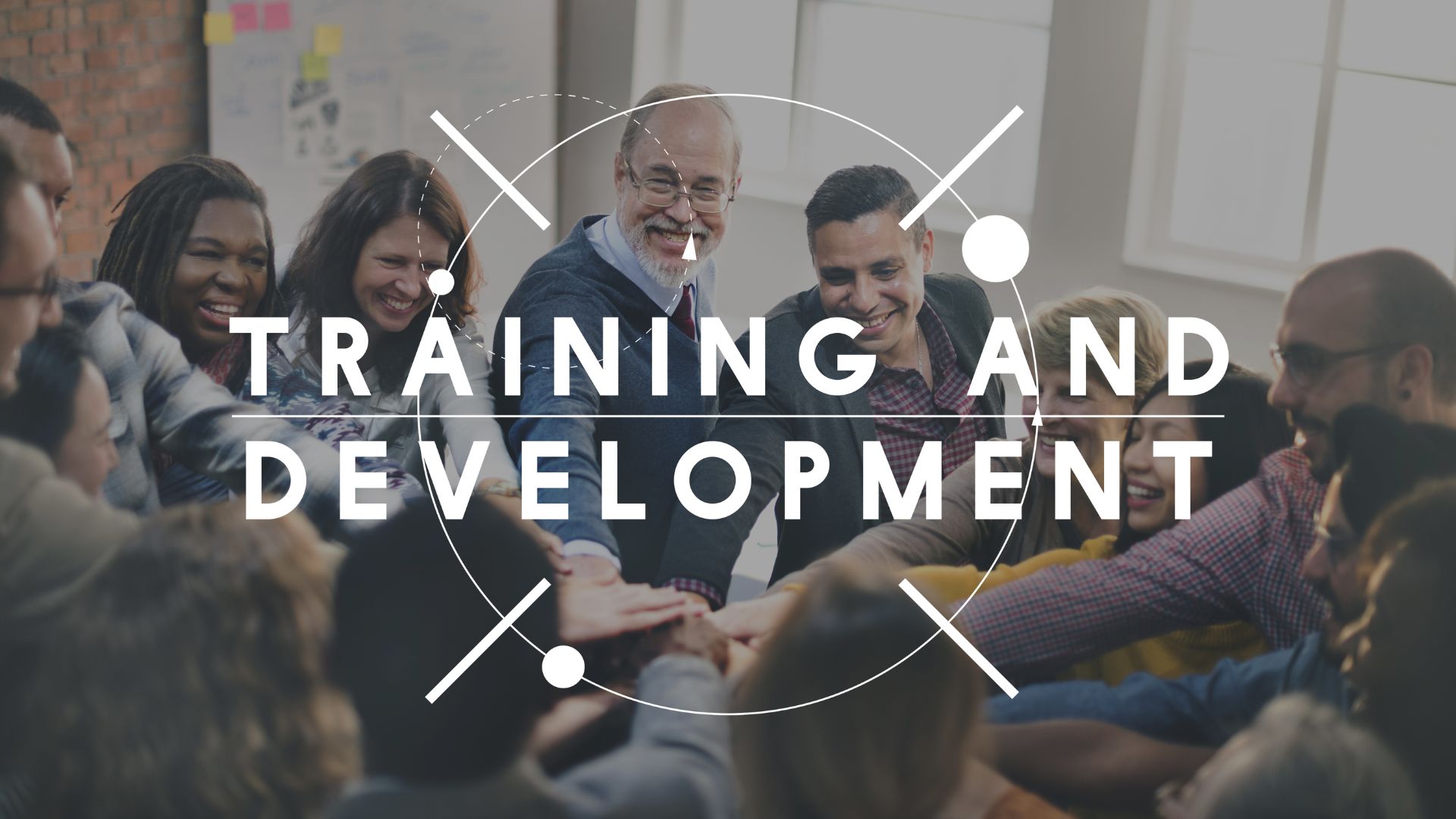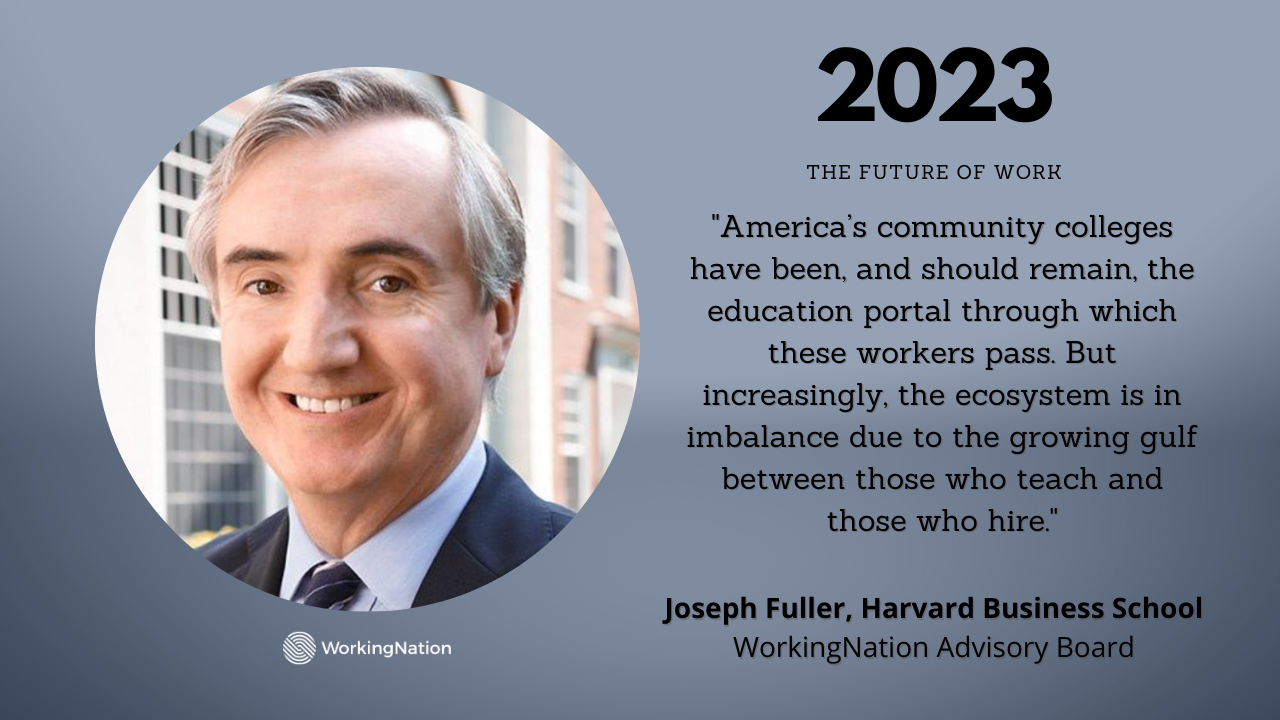Even before pandemic-induced worker shortages sent business scrambling, employers consistently said they couldn’t find the skilled talent they needed. And they often pointed to higher education.
The thinking was this: the skills colleges and universities were teaching weren’t aligned with business needs in a rapidly-evolving market. It seemed plausible. But research has begun to pull that argument apart. And as it turns out, the skills gap isn’t about what we teach. It’s about what we measure.
A recent study, for example, examined the relationship between two key variables: the institutional student learning outcomes of American higher education institutions and the skills most valued by employers. The research findings showed a statistically significant relationship between the two variables without exception. This means there is no skills gap between the learning outcomes colleges are working toward and what employers desire.
But that doesn’t mean there is no problem. Colleges and universities may be teaching the things employers want, but we don’t know whether students are actually learning them.
Across higher education, we still mostly measure time and effort – time in class, assignments completed, credit hours in a semester, years in college – rather than whether students demonstrate the intended knowledge and skill.
That’s a problem. Fortunately, there’s a fix. Assessments that are focused on competency – on what students know and can do – would go a long way to addressing the gap. And higher education has made major strides in developing those kinds of assessments in the past decade.
Project-based learning, for example, has taken off in recent years. The approach asks students to move beyond theory to solve real-life, open-ended problems. The projects often come from businesses or from the local community, helping students see how their studies could translate to work. Projects that integrate multiple skills in a real-world environment also allow faculty to better assess learning, focusing on the application of knowledge and skills rather than recitation.
Competency-based credentials, which also are growing in popularity, take this kind of assessment to the next level. They start with the end goal in mind, asking: “What does the target career look like in practice?” The answer to that question impacts both what skills a program aims to teach and how they are assessed. At Southern New Hampshire University, an assessment for a micro-credential in analyzing healthcare data went through multiple rounds of testing to ensure it was reliable and applicable to a wide range of healthcare settings.
And Bow Valley College in Calgary works closely with industry partners to identify talent gaps. Assessments for its post-baccalaureate and micro-credential programs are tailored to measure both observable technical tasks – “what you do” – and transferable skills – “how you need to do those tasks” – associated with specific jobs.
Texas A&M University-Commerce takes employer involvement even farther. For its bachelor’s in criminal justice, an advisory board of local law enforcement professionals evaluates student projects and other learning artifacts to assess and verify the level of competency. The evaluators draw on their professional experience and use standardized rubrics designed by the American Association of Colleges & Universities.
The approach elegantly merges the world of “theory” and “practice.” And it gives employers both insight into what the program’s students know and can do, and input into what it is teaching.
This kind of assessment can, and should, underpin other learning models. Robust assessment is especially critical as higher education innovators push for a new kind of transcript: comprehensive learner records (CLRs). The goal of such records is to capture all college-level learning – no matter where it happens – and to break it down into discrete competencies that employers and individuals can trust and easily understand. To harness the true potential of that kind of record, we need a better way of assessing and codifying learning.
We shouldn’t just develop a more flexible version of the transcript. We need a new kind of record of learning. The focus should be on competency – not just time spent in education, but what a person knows and can do.
That should be the gold standard for assessment, and for higher learning in general. We need more institutions to recognize this. Our students – and the labor market – are counting on it.
Amber Garrison Duncan is executive vice president of Competency-Based Education Network (C-BEN).
Brooks Doherty is assistant vice president of Academic Innovation at Rasmussen University and C-BEN board member.











